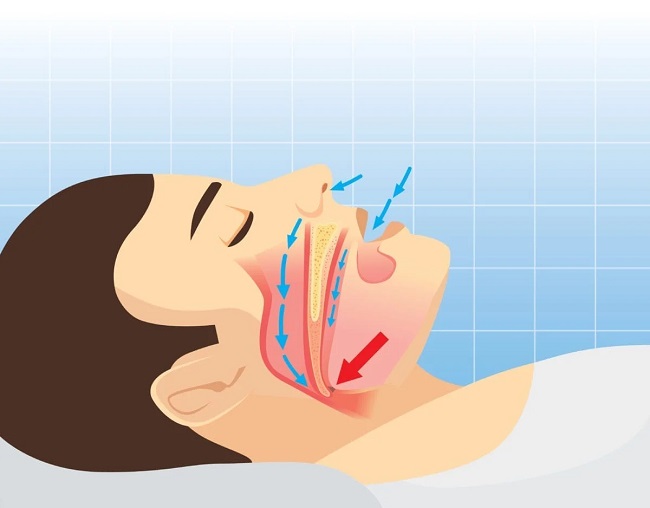How breathing influences anxiety: Most people will at some point in their lives experience mild anxiety.
Anxiety reactions can become much more extreme in some people and occur during routine, everyday activities. Anxiety disorder is the term used for this. Generalized anxiety disorder, social anxiety disorder, and panic attacks are just a few of the many varieties of anxiety disorders.

Your breathing can be impacted by anxiety. On the other hand, anxiety levels can be impacted by your breathing. Breathing deeply or repeatedly can help to lessen the effects of anxiety. You can concentrate your thoughts by breathing.
Breathing Issues Brought on by Stress
Each person’s anxiety symptoms will vary slightly, but they almost always include rapid breathing and an elevated heart rate. Other signs of anxiety include restlessness, difficulty focusing, and sleep issues.
The severity of these symptoms can vary, and you might only experience a few of them. The most typical symptom is that as you are exposed to a stressful or anxiety-inducing situation, your breath becomes more rapid.
Read Also:
- Son is Not Alone. Millions Young
- Predicting is Possible. These SuperForecasters Know
- Stanley Cup Finals Canadiens Still Out to Prove They Belong
Breath Control Drills
Anywhere and whenever you feel anxious, without the need for any special equipment or set amount of time, you can practise deep breathing. Sometimes all it takes to reduce stress and anxiety is a few deep breaths, either before you find yourself in a stressful situation or while you’re already there. Here are a few exercises you can try if you’d prefer to have a more structured period of relaxation and anxiety relief.
- Deep, calming breaths
- Sit back and relax.
- Take a six-second deep breath in through your nose (try to fill your abdomen first, then up through your upper chest).
- For two to three seconds, hold your breath.
- Breathe out slowly through tightly pursed lips.
- Ten times in total.
- Sit back and relax.
- Shut your eyes.
- Say the word “relax” out loud or silently while taking a single deep breath.
Count each breath as you take 10 natural breaths (try to relax your face muscles as well as shoulders and other areas).
- Open your eyes after you’ve counted down from ten to one.
- taking deep breaths
- Sit back and relax.
- Shut your eyes.
- Say the word “relax” out loud or silently while taking a single deep breath.
Count each breath as you take 10 natural breaths (try to relax your face muscles as well as shoulders and other areas).
Open your eyes after you’ve counted down from ten to one.
Read Also:
- Healing is TikToks Latest Trend. Does
- Olympic Skateboarding Horigome Soars and Huston Stumbles
- Fistful of Vengeance Review Pursuing the Queen of the Underworld
Breathing in Meditation
The simplest breathing technique can be used in almost any stressful or anxiety-inducing circumstance:
- Exhale gradually.
- Ignore your inhalation.
- Only pay attention to your exhalations.
- Before inhaling again, exhale as much air as you can.
















